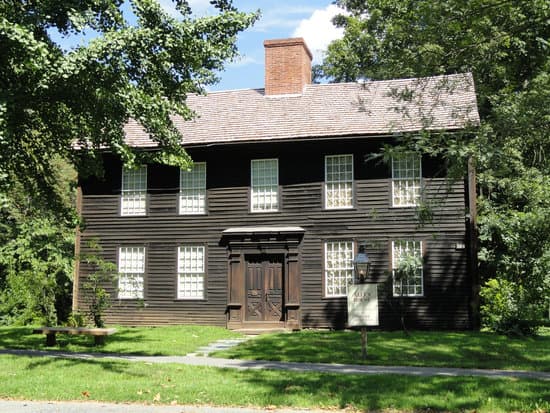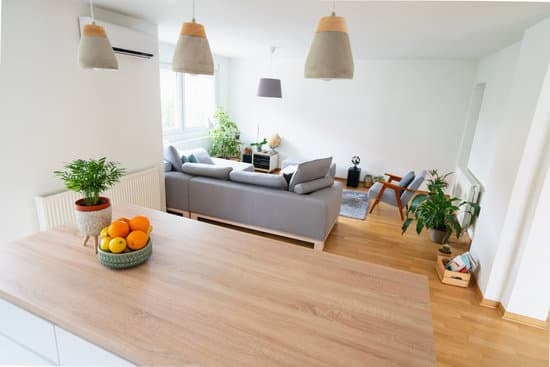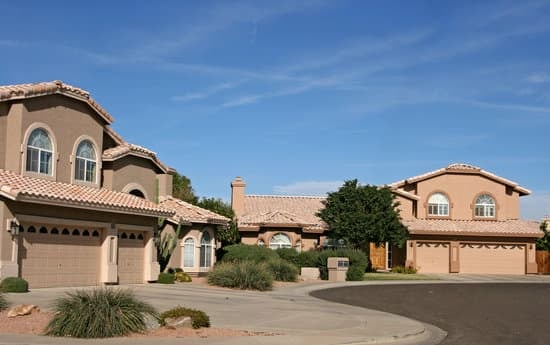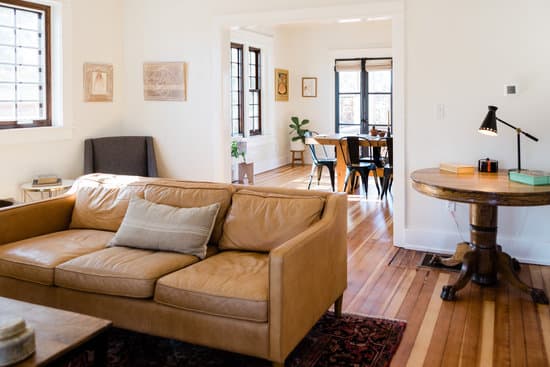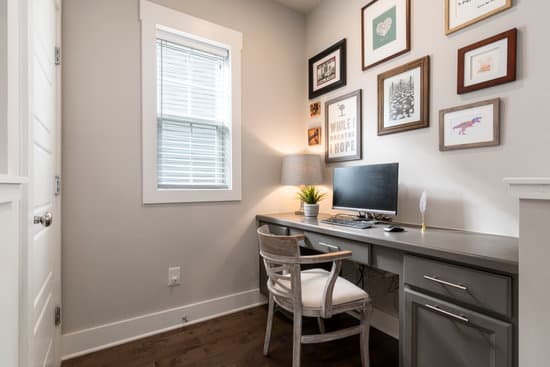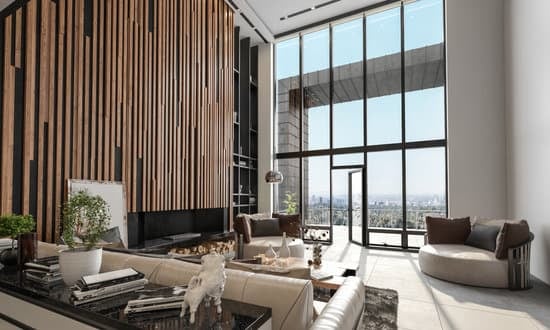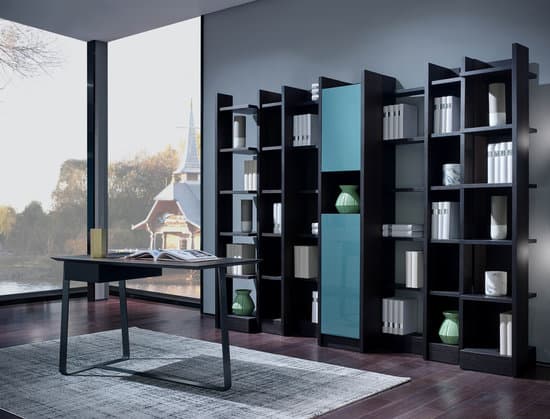Ideal dimensions for a dining room
A dining room is a space where a family comes together to enjoy meals and create memories. The ideal size of a dining room should be large enough to accommodate a table, chairs, and additional furniture like a buffet or hutch. The standard dining room dimensions are typically 14ft x 10ft, which can comfortably accommodate a six-seater or a four-seater table. However, if you have a smaller dining area or live in an apartment, you can still create a cozy dining space by opting for a smaller table. The size of your dining room ultimately depends on your personal preferences and the size of your family. When designing your dining room, the layout is as important as the dimensions. Consider the placement of doors and windows, as well as the flow of foot traffic in the room. These factors will affect your table placement and the overall functionality of the space.Selecting the right table size for your dining area
Choosing the right table size for your dining area is crucial to creating a comfortable and functional space. The size of your table should be proportionate to the size of the room and the number of people you need to accommodate. For a six-seater table you should go with 36-42 inches wide and 72 inches long. For larger groups, an eight-seater table should be 36 inches wide and 96 inches long. A four-seater table should be 24-36 inches wide and 48 inches long. A round or square table is a great option for a smaller dining area or an intimate setting. When selecting a table, consider the height as well. The standard height for a dining table is 30 inches from the floor to the table’s top.Comfortable dining experience: beyond dimensions
Beyond the dimensions of the dining room and the table size, several factors contribute to creating a comfortable dining experience. The comfort and aesthetics of your dining chairs play a significant role. Choose chairs that complement your table and provide adequate back support and padding. Additionally, the ambiance of the room can impact the dining experience. Consider incorporating decor elements like artwork, plants, or a beautiful tablecloth. Finally, it’s essential to have proper lighting in your dining room. A chandelier or pendant light is perfect for illuminating the table area and creating a cozy atmosphere.Finding the perfect balance between functionality and style
Finding the perfect balance between functionality and style can be challenging but not impossible. Choose furniture that is both visually appealing and serves a practical purpose. Opt for a table with a built-in leaf, which can expand the table size to accommodate more guests. When selecting chairs, prioritize style and comfort. Choose a design that complements your table but don’t compromise on comfort. Finally, consider incorporating storage options like a buffet or hutch, which add a touch of style to your dining room while offering additional storage space.Dining room layout: tips and tricks
When designing your dining room layout, it’s crucial to consider the flow of foot traffic and the placement of your furniture. Consider the following tips and tricks:- Place the table away from doors and walkways to avoid disruption during meals.
- Choose a rug that is large enough to accommodate the table and chairs.
- Consider adding a focal point, like a piece of artwork or a statement light fixture, to add interest to the space.
- Avoid overcrowding the dining area with too much furniture.
Lighting and decor considerations for dining rooms
Lighting and decor can make or break the dining room’s ambiance. Consider the following tips:- Choose lighting fixtures that complement your dining room’s style and provide adequate light for the table area.
- Consider adding dimmer switches to control the intensity of the light and create a cozy atmosphere during meals.
- Incorporate plants or flowers into your dining room decor to create a fresh and lively ambiance.
- Choose wall art or framed mirrors that complement the style of the room but don’t overpower it.




